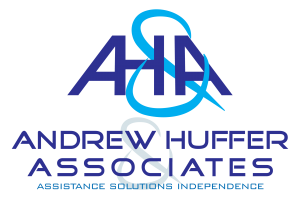If public speaking is part of your role and you want some tips on how to grab your audience, then read on!
For some of us, public speaking is a regular part of our roles and we’ve learnt to deal with it. For many of us, it’s an occasional demand that can strike terror into our hearts. A big help in staying focused and calm throughout is knowing how to grab your audience.
With his usual insight, Jerry Seinfeld noted, “According to most studies, people’s number one fear is public speaking. Number two is death. Death is number two. Does that sound right? This means to the average person, if you go to a funeral, you’re better off in the casket than doing the eulogy.”
A simple strategy to grab your audience from the get go
This is based around creating an ‘open loop’ to grab your audience.
You simply pose a question which you’ll address later in your presentation and then let it sit with audience members.
This should be a solution-based issue, giving them a tip or new approach that they can try. It gets more traction when you name the people you’re targeting.
Here’s an example to use as soon as you’ve been introduced, “If you’re an Executive Director looking for practical examples of positive culture change, then I want you to listen carefully for the three core tools we used within our organisation.”
Once you’ve done this, all the Executive Directors in the audience will have put all distractions aside and will be engaged, listening intently for the solutions that you’re going to reveal.
A further option to grab your audience
You can now take this further by saying, “And if you’re working at other levels in your organisation, I want you to be thinking about how you can adapt these tools to suit your needs.”
Now you’ve got most of the remaining members of the audience on board, waiting to hear how you’ll help them.
Do the big reveal
Be sure to refer back to your big promise that you made early in your presentation in a bold bid to grab your audience.
This flags that you’re about to ‘close the loop’ for them and will get them contemplating how they can use your ideas.
Close with direction
As you finish your presentation, provide time to provide next steps. This can be in the form of recommendations on what the audience could do next with the knowledge (note I didn’t say information) you’ve shared with them or what you’re going to do in the next phase of your project that will be of benefit to them.
PS – you’ll have noticed that I’m big on providing solutions in the work I do. If you’re looking to build your own skills in developing a Solutions Focus to your work, take some time to look at the Solutions Focus Coaching Programs coming to Perth, Brisbane and Melbourne in November
PPS – if you act quick, you’ll even be able to get the ridiculously cheap early-bird rate until the 23rd August
PPPS – want to know more? Contact me directly.


Reader Interactions